NO, NO, NO!!
Cut to the chase
Reasons Why You Should NOT Put Fabric Softener In The Bleach Dispenser
- Bleach and fabric softener would be added to the load at the wrong times in the cycle.
- Bleach is part of the washing cycle and is added early in the wash to work with the detergent.
- Fabric softener is NOT part of the cleaning cycle. It is meant to be added to the rinse cycle of the wash which is near the end. It gets diluted with the rinse water to penetrate the fibers. Some of the solution stays on the clothes giving them the fluffy feel that fabric softener is known for.
- Adding the fabric softener into the wash cycle (bleach dispenser) would do very little as the detergent would wash it away and it would not do its job
Some washing machines include an automated fabric softener, while others do not. So now that you know the answer to your question. “Can I put fabric softener in the bleach dispenser,” you may also be wondering how to properly apply fabric softener if your washing machines don’t have a dispenser?
Lets look at how these additives are designed to be used and how to manually add them if there is no dispenser.
How The Bleach Dispenser Works
So what happens if you put fabric softener in the bleach slot? When you pour undiluted bleach into the bleach dispenser, it goes directly into the inner drum but not into the basket carrying your wash load. As a consequence, the clothing and bleach are separated until the bleach is diluted. Your laundry will be ruined if you use undiluted bleach on your clothes directly. As the washer fills up for the wash cycle, the bleach is diluted to a safe level before coming into contact with your laundry.
If your white clothes have become drab and grey, you can apply bleach. Color-safe non-chlorine bleach is also available for your colored garments. Because bleaches are very reactive, it is critical to follow the manufacturer’s instructions. Isn’t it better to be safe than sorry?
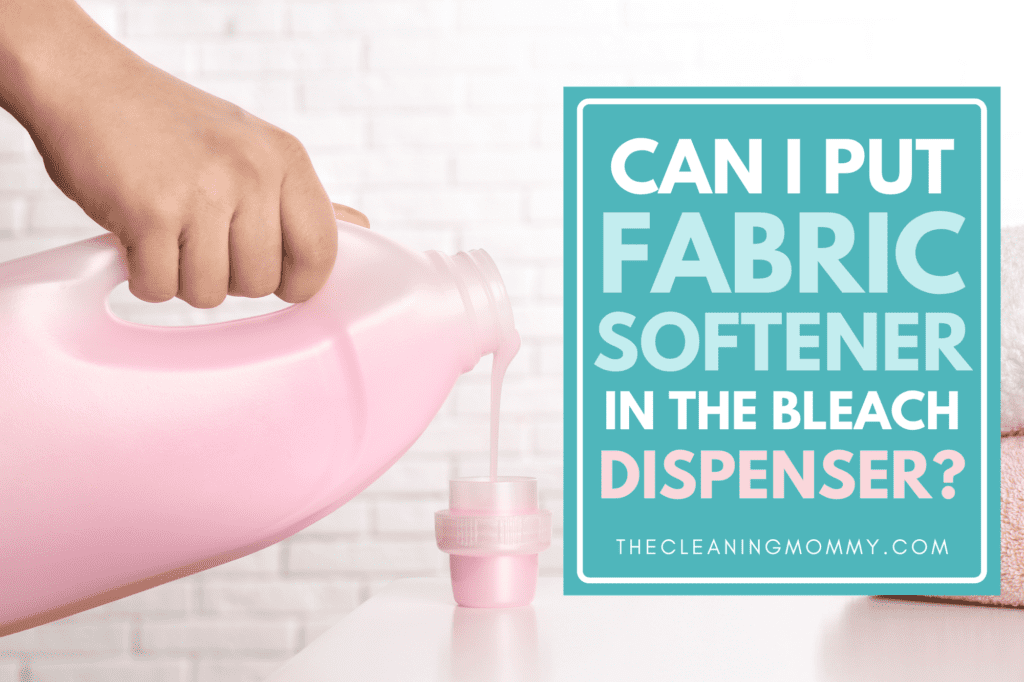
The Risks of Chlorine Gas
I have done a good deal of research on this topic because there are a TON of blogs out there that espouse the idea that mixing bleach and fabric softener will create a deadly gas that will make you pass out, die instantly, or spontaneously turn inside out!
I cannot say with any authority that this is true or false, but I cannot find a single AUTHORITATIVE site that confirms this. Does anyone honesty believe that washing machine manufacturers would be able to create dispensers for bleach and fabric softener that sit right next to each other in the machine, if their contents touching would form a deadly gas. It makes NO LOGICAL SENSE!
IN my humble OPINION- this is NOT a thing.

Where Do I Find The Fabric Softener Compartment On Your Washer
This is an excellent question to ask if you intend to use a liquid fabric softener with your wash cycle. The fabric softener dispenser is in the top load washer. In the center of the agitator, there will be a tiny dispenser cup for you to add fabric softener. The compartment is generally labeled and it is the smallest compartment in a washing machine. According to Toms Guide, “The logo that represents the fabric softener compartment generally looks like a small flower.”
How To Use Fabric Softener Without A Dispenser
With no softener dispenser, you may be wondering, “When do I add fabric softener in the washer?” Here’s when you may contribute, as well as the other options that can help:
- After the garments have been cleaned with laundry detergent, manually dispense fabric softener during the final rinse cycle. In this manner, it will remain on the clothes after washing. Put it in the water. To reduce the possibility of stains, avoid direct contact with clothing.
- You may also purchase a softener ball, or use Aluminum Foil, which is available in the laundry department of any local shop. Fill it up with the amount of laundry you have.
- Place it in the washing machine at the start of the cycle. It is intended to open up and release the softener at the appropriate time during the cycle. It’s a lifesaver for forgetful people who miss the rinse cycle and highly impatient people who can’t wait for the appropriate cycle to come! So, if you happen to be one of them, go for it.
- Pour some on a cloth and hang it to dry. It requires little product and works really effectively.
Mistakes in Laundry and How to Avoid Them
Did you put liquid detergent in the fabric softener dispenser by mistake? Don’t be alarmed. It will not damage your washing machine or your clothing. Separate compartments are required because the washer releases them at various periods when they are most effective.
Pour in the necessary amount of liquid softener once you’ve located the correct drawer. Make sure you read the labels carefully so you don’t mix them up with the laundry detergent dispenser or bleach compartment.
Another question you may have is when fabric softener is administered. The answer is that it is in the last rinse cycle. As a result, if you accidentally put detergent in the softener dispenser, it will be too late to reach the tub. The clothing will not clean properly as a result. Rerun the load with soap and softener in their proper dispensers. And you’re ready to go.
Another common blunder is putting a softener in the detergent dispenser. You’re probably thinking to yourself, “I mistakenly used fabric softener instead of detergent; what should I do now?” The answer is that it will not do any long-term damage to your clothes; they will simply be less clean. Because fabric softener cannot remove perspiration or grime, you need to re-run the washing while needing the proper detergent.
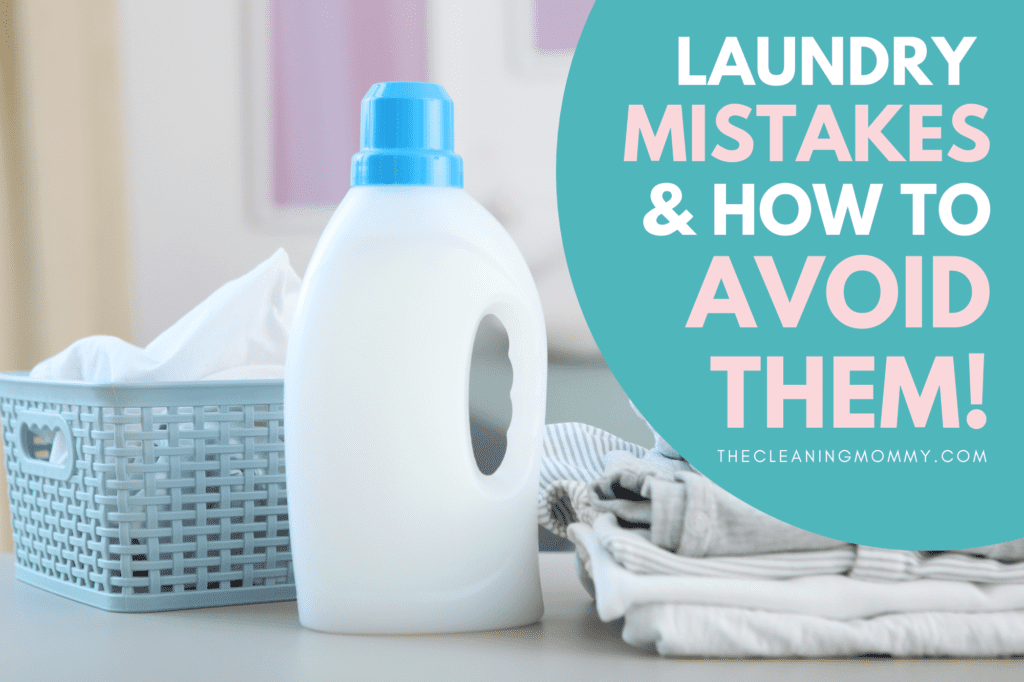
Alternatives to fabric softener
If you’re looking for a chemical-free alternative to fabric softener, wool dryer balls are a great option. They work by absorbing static electricity and helping to soften and fluff fabrics. These balls can be purchased online or at most stores that sell laundry supplies. They typically come in a set of three or four, and can be reused for many years. Simply add the softener ball with your wet laundry, and they’ll do their job.
If you’d prefer to use a dryer sheet, that’s also an option. Dryer sheets work in much the same way as balls and fabric conditioner, but they’re not as durable and will need to be replaced more often. You can find dryer sheets at most stores that sell laundry supplies.
Simply add one to your dryer machine along with your wet laundry, and it will help to soften and fluff your fabrics.
Frequently Asked Questions
Is there a distinction between a fabric conditioner and a fabric softener?
There is no distinction between the two. Fabric conditioners and fabric softeners work as a treatment for textiles like wool, increasing their lifespan. It also protects sensitive skin, keeping the fiber soft and silky, and adds a pleasant scent to the clothes.
A washing machine has how many compartments?
A washing machine is divided into three primary sections. The prewash section contains the detergent used to prewash or remove starch. The softener compartment, on the other hand, keeps and releases the fabric softener. The primary wash chamber is next. I offer detergent, water softener, stain remover, and bleach here.
Why is your fabric conditioner drawer full of water?
When the washer completes its cycle, it sometimes leaves the fabric softener compartment full of water. The fact that the fabric softener has disappeared and been replaced by water indicates that the function was successful. Because of a clog or a missing siphon tube, the water is left behind.
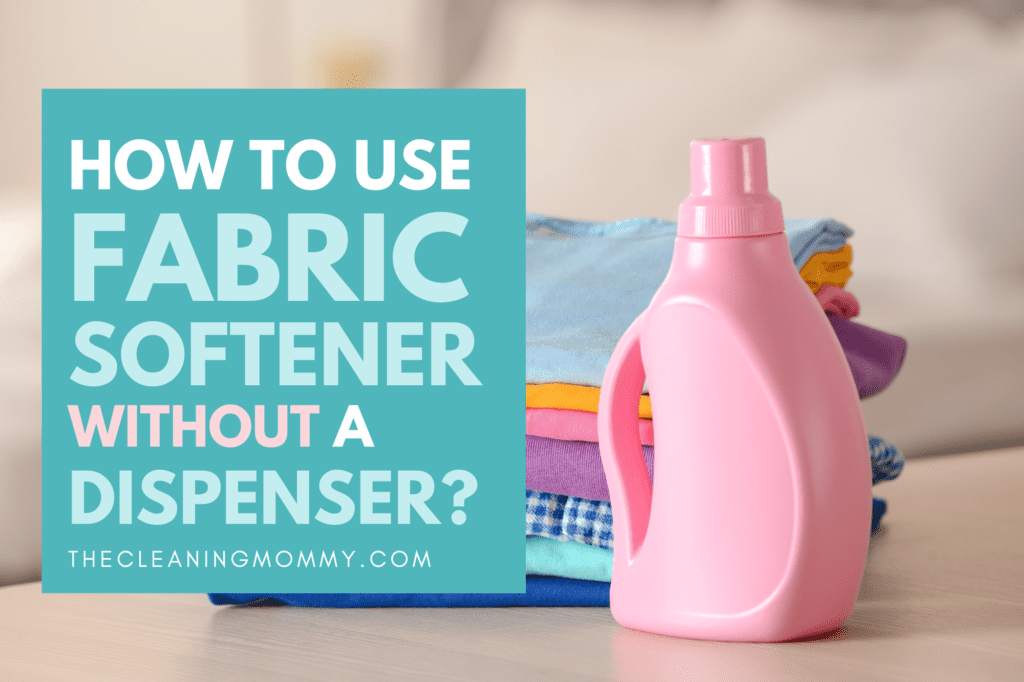
Is fabric softener necessary?
When washing your towels, avoid (always avoid) needing fabric softener.
While a small amount of fabric softener can help keep your towels smooth and fluffy, needing too much might impair their absorbency (which kind of defeats the purpose).
Let’s recap; So can I put fabric softener in the bleach dispenser?
No! You may add fabric softener to your wash cycle in other ways, but never in the bleach dispenser. You should only put liquid softener in the machine via the correct fabric softener dispenser detergent compartment for the washing machine to wash clothes correctly.
Liquid chlorine bleach should only be added to the bleach compartment-adding fabric softener here is not a good idea!
The bleach dispenser and fabric softener dispensers are unique, and for the health of your washing machine (and yourself), you should only add fabric softener in it’s respective place.
Other Cleaning Articles You May Like:
- The Battle Of Oxiclean vs. Borax In Your Laundry Room
- How To Clean Wool Dryer Balls
- Inspirational quotes about decluttering
- How to get glue stains out of your clothes
- How to remove a nasty odor from your closet
- How to remove mold from clothes
- How to get lip gloss out of your clothes
- How to wash used shoes
- How to clean your Toms
- How to get bleach stains out of carpet
Can I Put Fabric Softener In The Bleach Dispenser?

Grainne Foley
Grainne Foley is a wife and mother of 2 great kids. During her 5 years of full time RV travel, Grainne learned to become very efficient at household chores, in order to make time for family adventures. Now, back in a house, she has continued to create tools and techniques to help others lighten the load of household organization and cleaning.
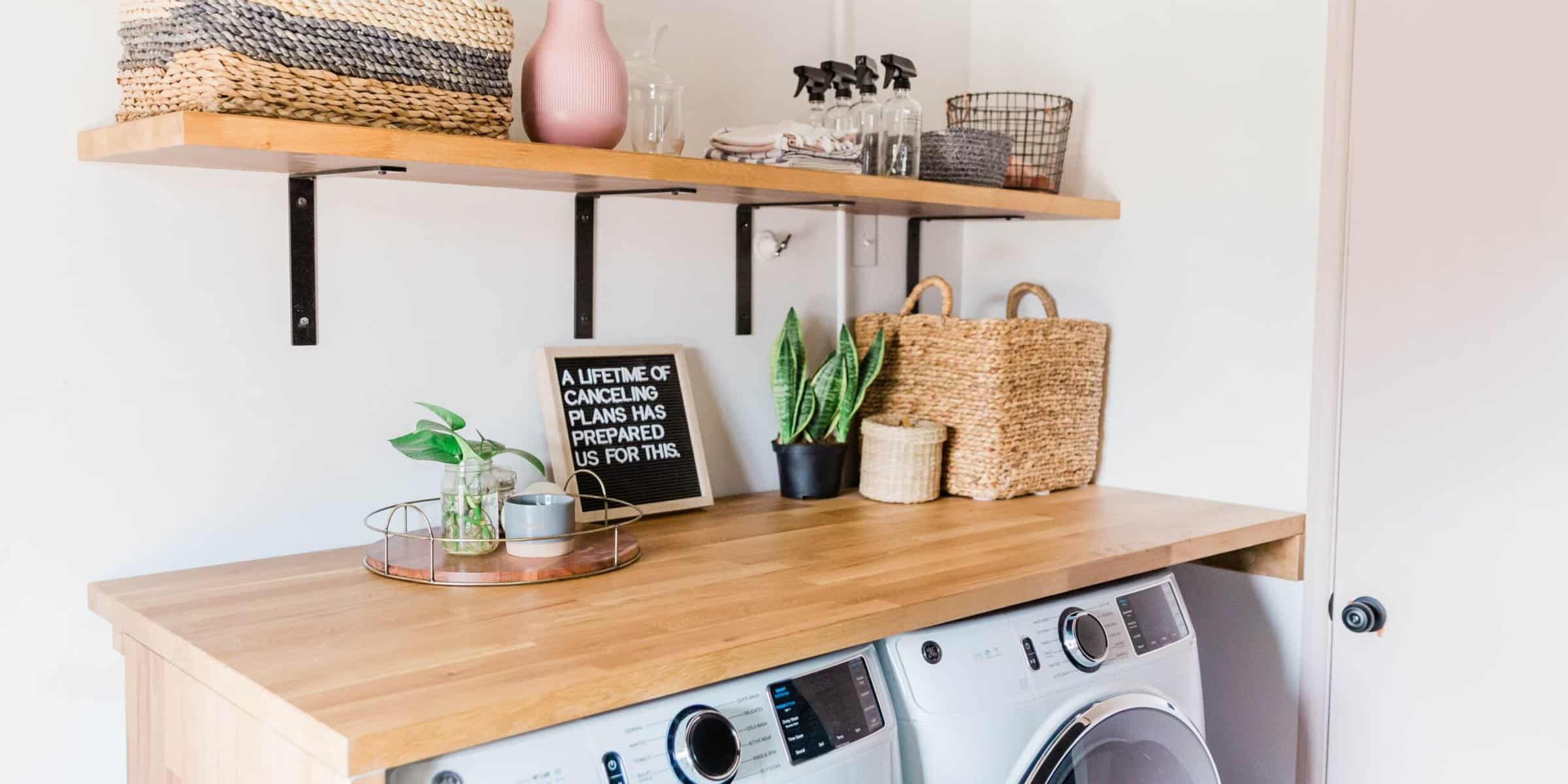

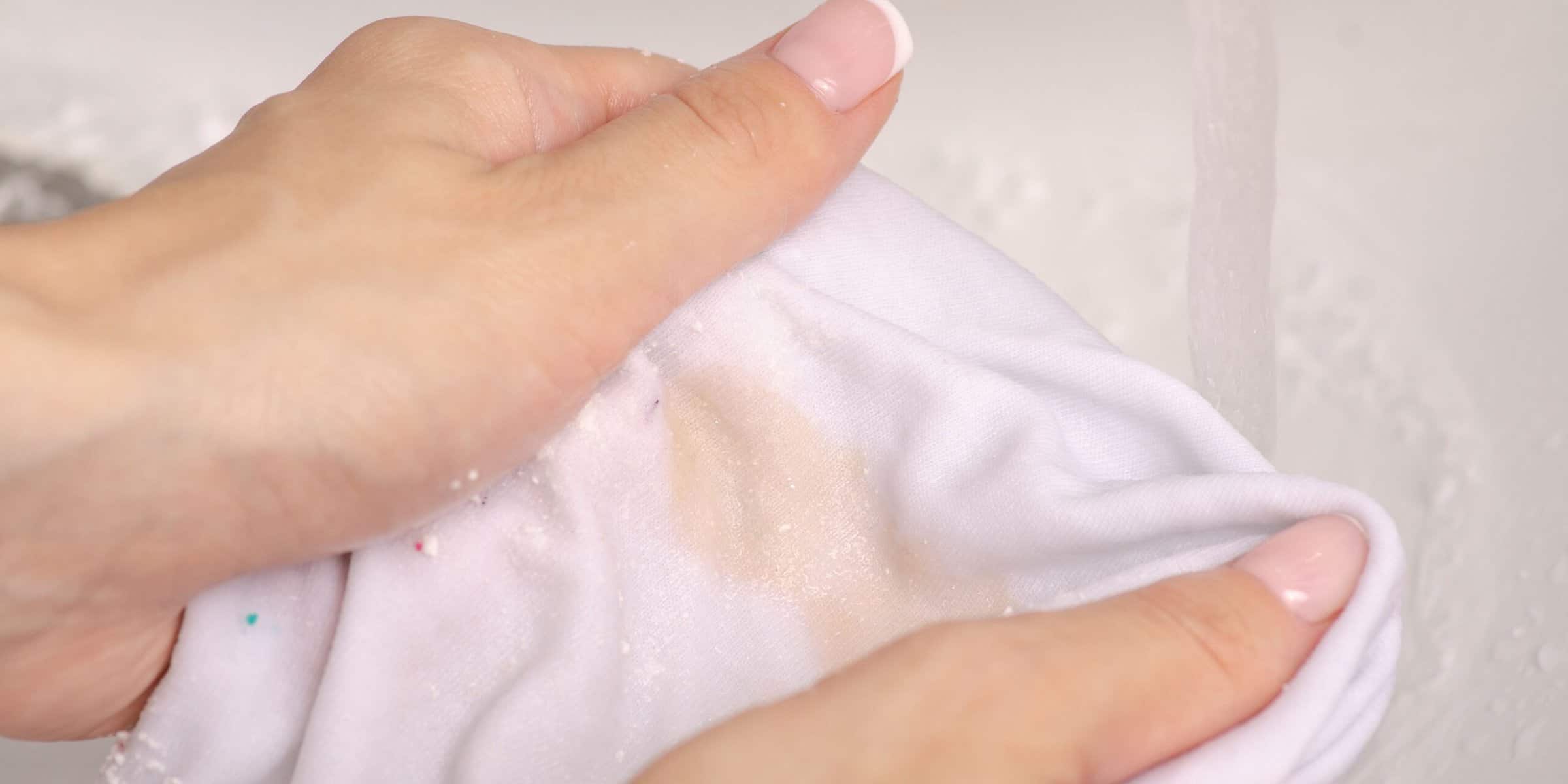
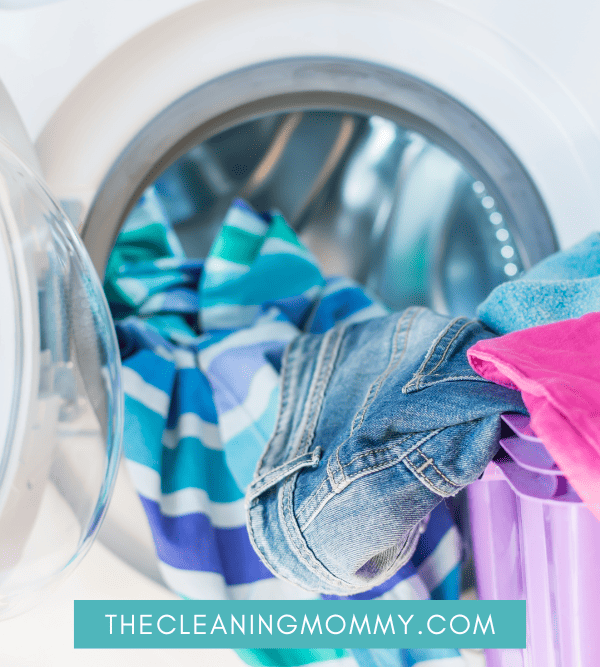
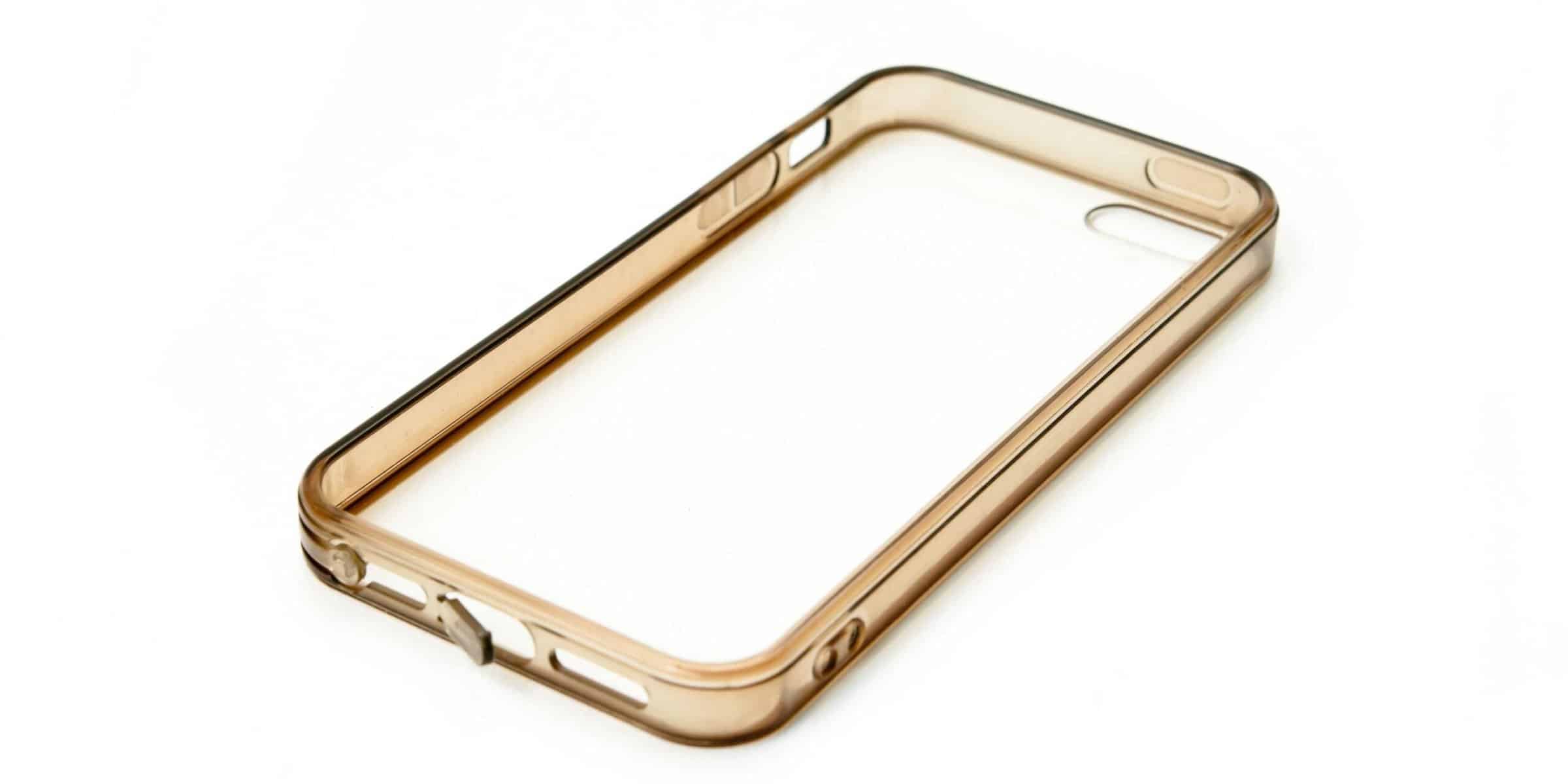
Leave a Reply